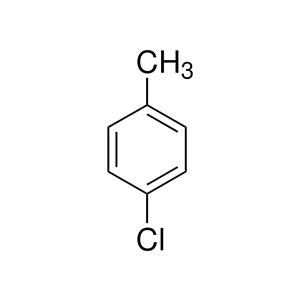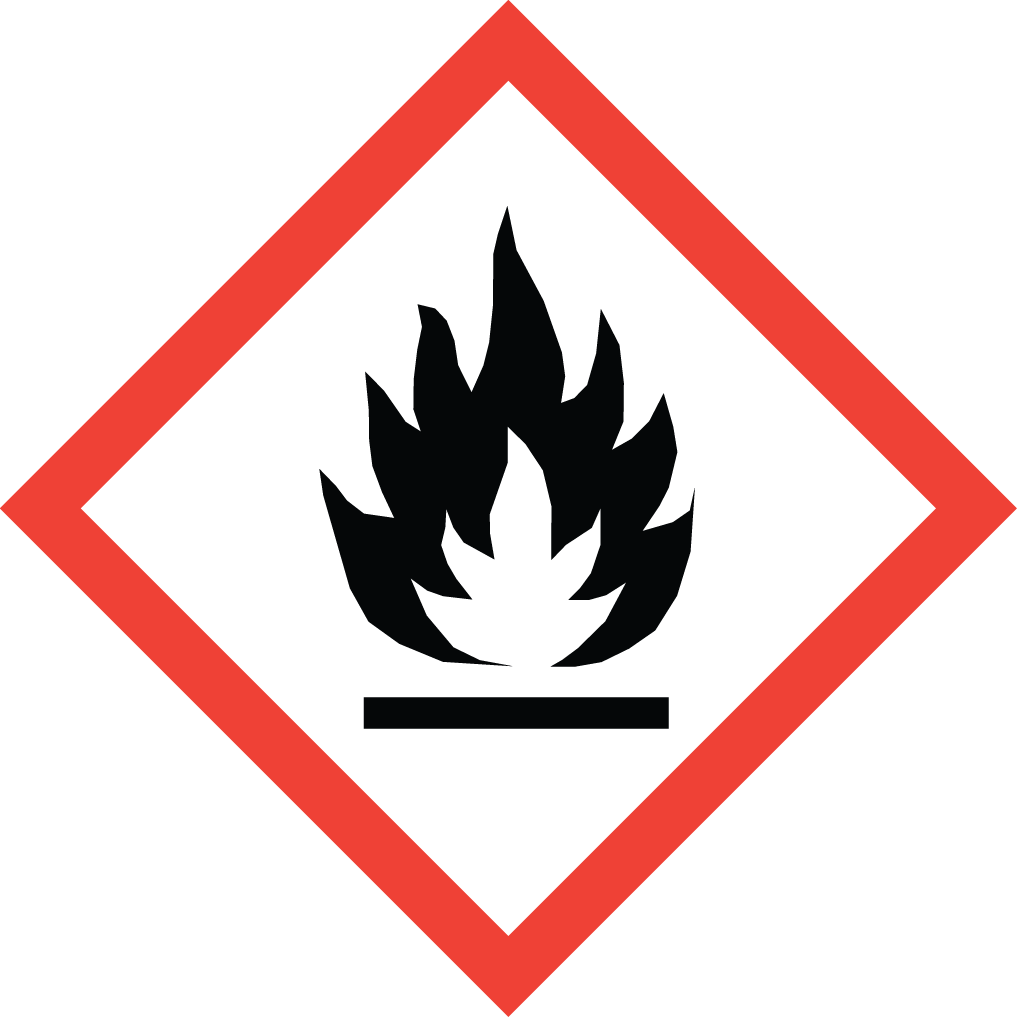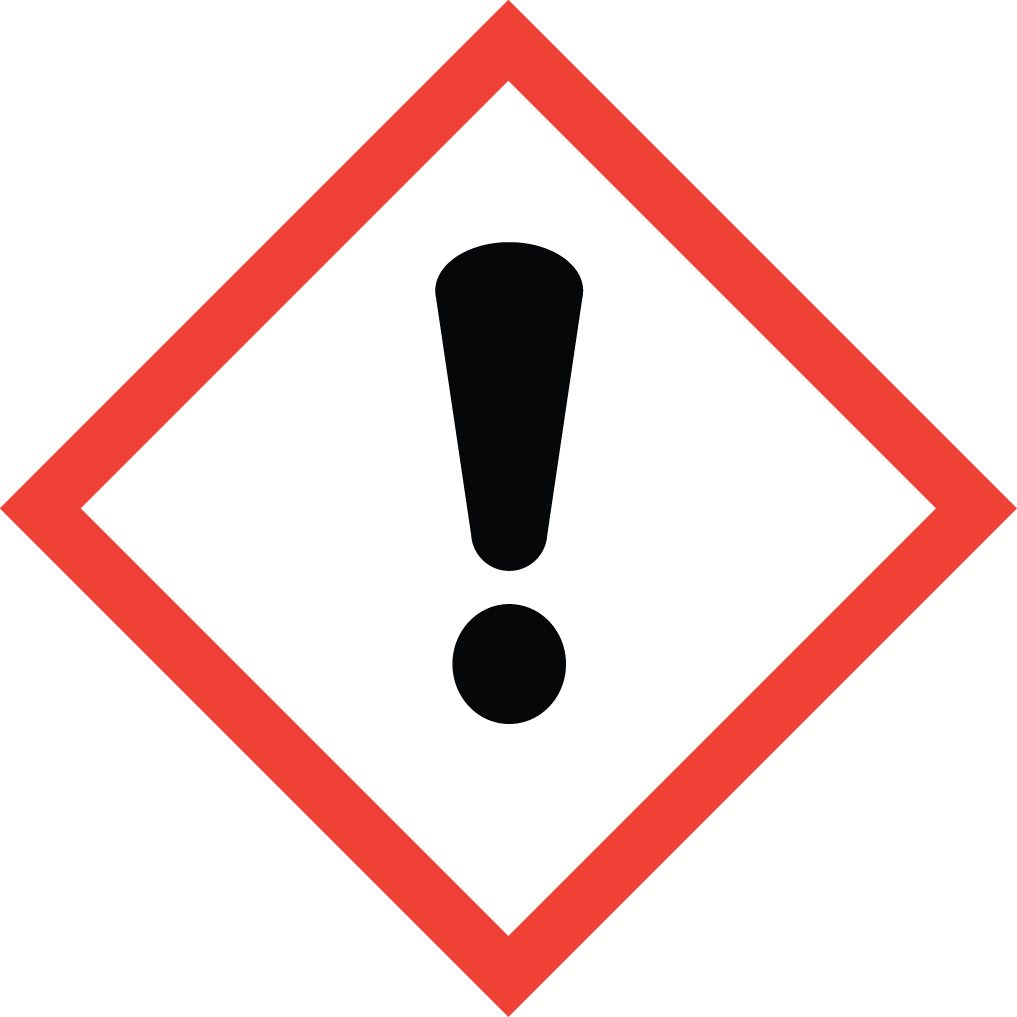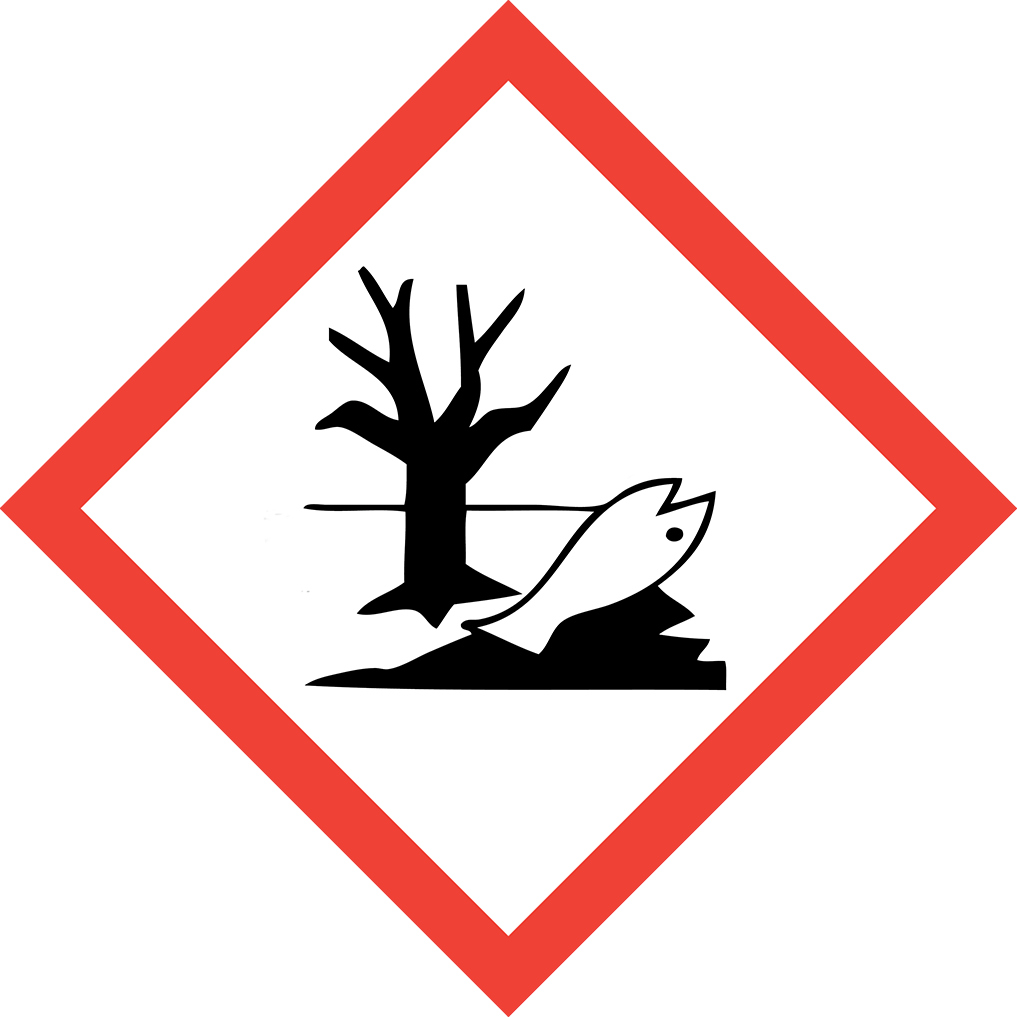Explore Top-Quality 4-Chlorotoluene with Aure Chemical
Aure Chemical is a leading global supplier of high-quality 4-Chlorotoluene, commonly known as p-Chlorotoluene or para-Chlorotoluene. This versatile chlorinated aromatic compound is an essential chemical intermediate, highly valued across various industries for its specific reactivity and ability to introduce both methyl and chloro groups into complex molecules. We're committed to providing 4-Chlorotoluene with exceptional purity and a consistent, reliable supply.
Basic Information of 4-Chlorotoluene
4-Chlorotoluene (CAS No. 106-43-4) is a key organic chemical building block. Its unique structure, with a chlorine atom and a methyl group positioned opposite each other on the benzene ring, imparts distinct physical and chemical properties, making it invaluable in the synthesis of high-performance materials and fine chemicals.
| CAS No.: | 106-43-4 |
|---|
| EC No.: | 203-397-0 |
|---|
| Linear Formula: | C₇H₇Cl |
|---|
| Molecular Weight: | 126.58 |
|---|
| Appearance: | Transparent Liquid |
|---|
| Melting Point: | 6-8 °C(lit.) |
|---|
| Boiling point | 162 °C(lit.) |
|---|
| Density: | 1.07 g/mL at 25 °C(lit.) |
|---|
| RIDADR: | UN 2238 3/PG 3 |
|---|
| Chemical Structure: |  |
|---|
Key Applications of 4-Chlorotoluene (p-Chlorotoluene)
4-Chlorotoluene's chemical properties make it an invaluable intermediate across numerous sectors:
Dye and Pigment Production: It serves as a crucial building block in the synthesis of various dyes and pigments, contributing to a wide range of colors for textiles, plastics, and coatings.
Agrochemical Intermediates: Widely used in the manufacture of various agricultural chemicals, including herbicides and insecticides, due to its specific reactivity and the ability to form active ingredients.
Pharmaceutical Intermediates: Employed in the synthesis of certain pharmaceutical compounds, where the introduction of a chlorotoluene moiety is essential for the drug's efficacy.
Specialty Chemicals: A versatile intermediate for synthesizing a variety of other fine chemicals, including fragrances, flavors, and other specialized organic compounds.
Aure Chemical: Your Reliable 4-Chlorotoluene Partner
Partnering with Aure Chemical for your 4-Chlorotoluene supply means benefiting from:
High Purity and Consistent Quality: Ensuring optimal performance and yield in your complex chemical syntheses.
Robust Global Supply Chain: Our extensive logistics network guarantees efficient and secure supply in bulk of 4-Chlorotoluene to your facilities worldwide.
Commitment to Safety: We adhere to the highest safety standards for the handling, storage, and transportation of this chemical, providing comprehensive Safety Data Sheets (SDS) and necessary dangerous goods documentation.
Dedicated Customer Support: Our knowledgeable team is always available to provide technical insights and assist with your ordering and logistical requirements.
Hazards Classification
GHS Classification: Flammable Liquid (GHS02), Exclamation Mark (GHS07), Environmental Hazard (GHS09)
Hazard Statements: Flammable liquid and vapor; causes skin irritation; harmful if inhaled; toxic to aquatic life with long lasting effects.
UN Number: UN 2238
Hazard Class: 3 (Flammable Liquids)
Packing Group: III
 GHS02: Flammable
GHS02: Flammable GHS07: Exclamation mark
GHS07: Exclamation mark GHS09: Environmental hazard
GHS09: Environmental hazard

